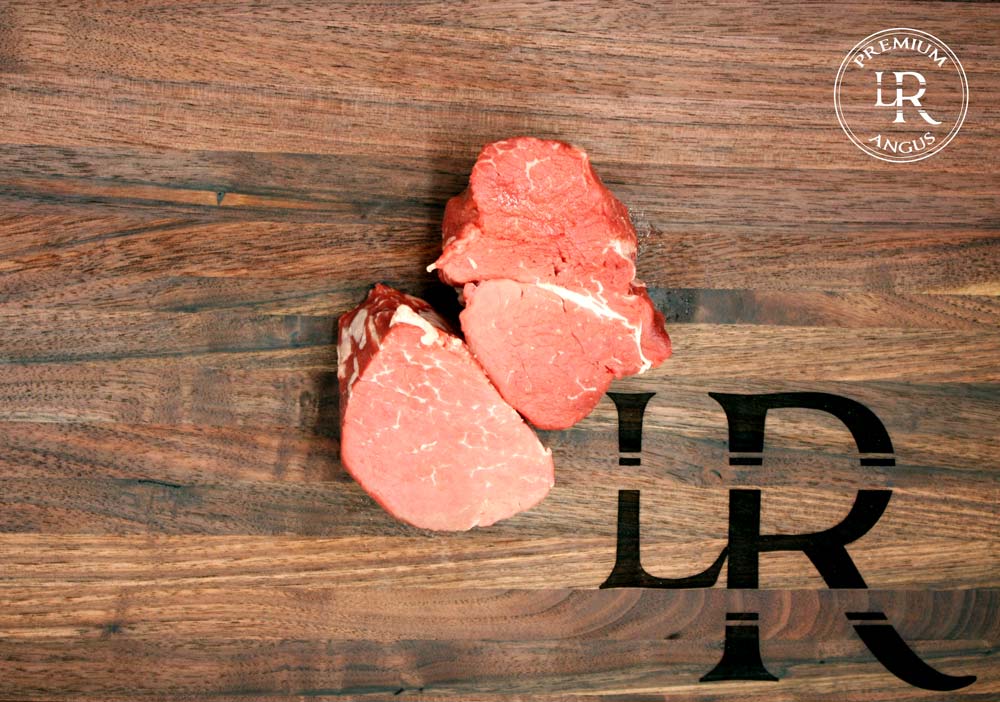Angus vs.Wagyu Beef


Angus vs. Wagyu: Origins, Tastes, and More
Introduction:
In the world of prime beef, Angus and Wagyu are the A-listers stealing the show. Why? Because Angus brings a robust heritage to the grill, and Wagyu? Well, Wagyu is the undisputed king of melt-in-your-mouth magic.
We’ll explore the differences between Angus and Wagyu beef, providing insights into their origins, flavor profiles, and other factors, giving you a better understanding of the distinctions between these premium meats.
History
Angus and Wagyu beef are highly sought after and celebrated for their exceptional taste and tenderness.
Angus beef, hails from Angus cattle, originating in Scotland, and has become one of the most favored breeds in North America. Recognized for its remarkable tenderness, Angus beef attributes this quality to elevated marbling levels throughout the meat.
Wagyu beef, with its origins in Japan, has gained fame for its plentiful marbling, resulting in a texture that melts in your mouth and a rich, buttery flavor. Wagyu cattle follow carefully planned diets incorporating grains, hay, grass, and other feed to develop the prized marbling that distinguishes Wagyu. To delve into more details about Akashi Wagyu, feel free to explore our dedicated page on the subject.

Differences in Feeding and Marbling
When it comes to Angus and Wagyu beef, the distinctions in feeding practices and marbling are integral to the unique qualities each brings to the table.

Feeding Practices
Angus: The Angus breed is accustomed to a well-balanced diet, typically comprising grains and grass. This combination ensures a robust flavor profile and contributes to the overall tenderness of Angus beef.
Wagyu: Wagyu cattle, on the other hand, follow a meticulous feeding regimen rooted in Japanese tradition. Their diet is a carefully curated blend of grains, hay, and grass, creating the foundation for the renowned marbling that sets Wagyu apart.
The Lockwood Difference: We feed our Angus cattle the same feed as our Wagyu, resulting in the best flavor and marbling you can get from Angus.
Marbling Characteristics
Angus: Delving into Angus beef's marbling unveils a distinct pattern that intertwines with the lean meat, resulting in both flavor and tenderness. The marbling of Angus beef is a key contributor to its classic, hearty taste.
Wagyu: Wagyu beef takes marbling to an unparalleled level. The rich intramuscular fat distributes evenly, creating a luxurious texture that melts in your mouth. The marbling of Wagyu beef is a culinary masterpiece, elevating both the texture and taste to an extraordinary level.


Flavor and Texture Comparison
Angus: Picture a robust flavor dancing on your taste buds – that's the signature of Angus beef. Known for its hearty and classic taste, Angus brings a level of richness that's deeply satisfying. Couple that with exceptional tenderness, and each bite becomes a journey into the heart of traditional beef flavors.
Wagyu: Now, shift gears to Wagyu, where the experience is nothing short of luxurious. Imagine a texture so velvety it melts in your mouth, accompanied by an umami-rich flavor that's simply indulgent. Wagyu beef takes you on a journey beyond the ordinary, creating an experience that's not just a meal but a symphony of tastes.
Cooking Recommendations
Angus: For the perfect Angus experience, aim for an internal temperature of 130-135°F for medium-rare. It's important to note that Angus beef has a melting point of 150°F. Grilling over high heat adds that desired char while preserving the juicy tenderness within. Keep it simple with seasoning – a blend of salt, freshly ground pepper, and your favorite herbs or spices will enhance the natural flavors. And here's a pro tip: after cooking, let your Angus steak rest for a few minutes to allow the flavors to intensify.
Wagyu: Cooking Wagyu is an art. It requires less time at a lower cooking temperature. Aim for an internal temperature, of 125-130°F for medium-rare, to preserve its delicate marbling. Take caution, as Wagyu beef has a melting point of 70°F. Pan-searing in a sizzling skillet with a touch of oil creates a tantalizing crust that seals in the richness. When it comes to seasoning, less is more. A whisper of salt and a sprinkle of pepper let Wagyu's intrinsic richness shine. Handle with grace – overcooking risks losing the precious marbling and creating a dry beef experience.

Savoring the Differences
As we conclude this flavorful journey through Angus and Wagyu beef, let's savor the distinctions that make each bite a unique experience.
Key Differences Unveiled:
In terms of origins, Angus traces its roots to the rugged landscapes of Scotland, while Wagyu tells a tale of centuries-old tradition in the serene pastures of Japan. Their feeding practices reflect this diversity – Angus, with a balanced diet of grains and grass, and Wagyu, pampered with a meticulously crafted Japanese regimen.
Move to the plate, and the differences continue. Angus beef boasts a robust flavor, marrying classic richness with exceptional tenderness. On the flip side, Wagyu elevates the palate with a luxurious, melt-in-your-mouth texture and an umami-rich flavor that's truly indulgent.
Angus & wagyu












